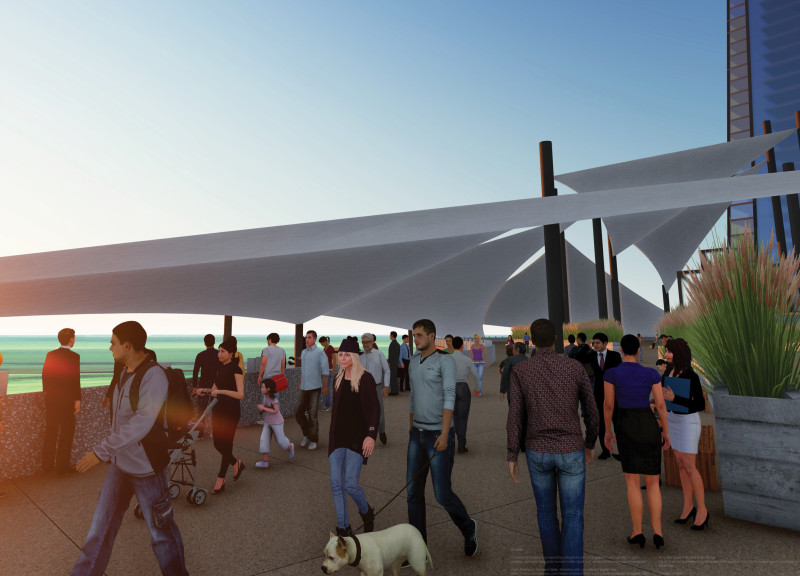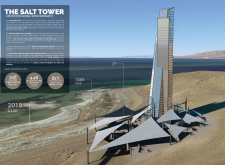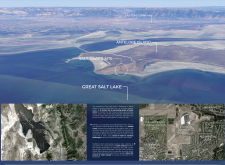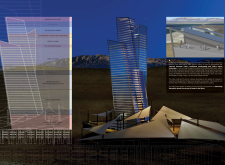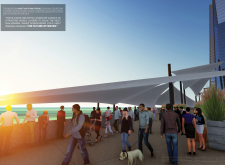5 key facts about this project
The Salt Tower, located in Utah, addresses the pressing issue of water sustainability, particularly concerning the Great Salt Lake. This structure functions as an educational center and a recognizable landmark, designed to contrast the green landscapes of urban development with the area's natural arid environment. The concept emphasizes raising awareness about water usage patterns and engages visitors in discussions about conservation efforts.
Architectural Concept
The design centers around the contrast between flourishing urban areas that rely heavily on irrigation and the dry, native landscapes characteristic of Utah. This division is a key part of the design, aiming to make visitors think about the impacts of high water consumption in cities. The tower's location is intentional, allowing views of the Great Salt Lake as it decreases in size, highlighting the consequences of human activity on natural resources.
Observation Deck and "Divide"
An important feature of the Salt Tower is its Observation Deck, which provides expansive views of the different landscapes. The central wall, referred to as the "Divide," enhances the experience by clearly distinguishing between the vibrant irrigated sections and the semi-arid terrain on the opposite side. This separation visually supports the theme of the structure, encouraging visitors to consider the differences in water management and the importance of sustainable practices.
Educational Hub
As a center for research and discussion, the Salt Tower is designed to welcome a variety of participants, including scientists, educators, and community leaders. The facility encourages dialogue about effective water management strategies and emphasizes the need for sustainable practices. It provides spaces that support various educational programs, reinforcing its role in addressing current challenges surrounding water use.
Design Integration
While the presentation does not specify materials used in the construction, the design suggests an intention to align with the surrounding environment. The approach likely incorporates choices that connect the structure to its context, enhancing its educational mission about water conservation. The layout and design elements work together to facilitate engagement with important issues related to water resources in the West.
The design features a clear focus on connecting visible elements with the landscape, drawing attention to the natural characteristics of the area. The careful consideration of how the tower sits within its environment invites visitors to reflect on the relationship between human activities and the ecosystem.


